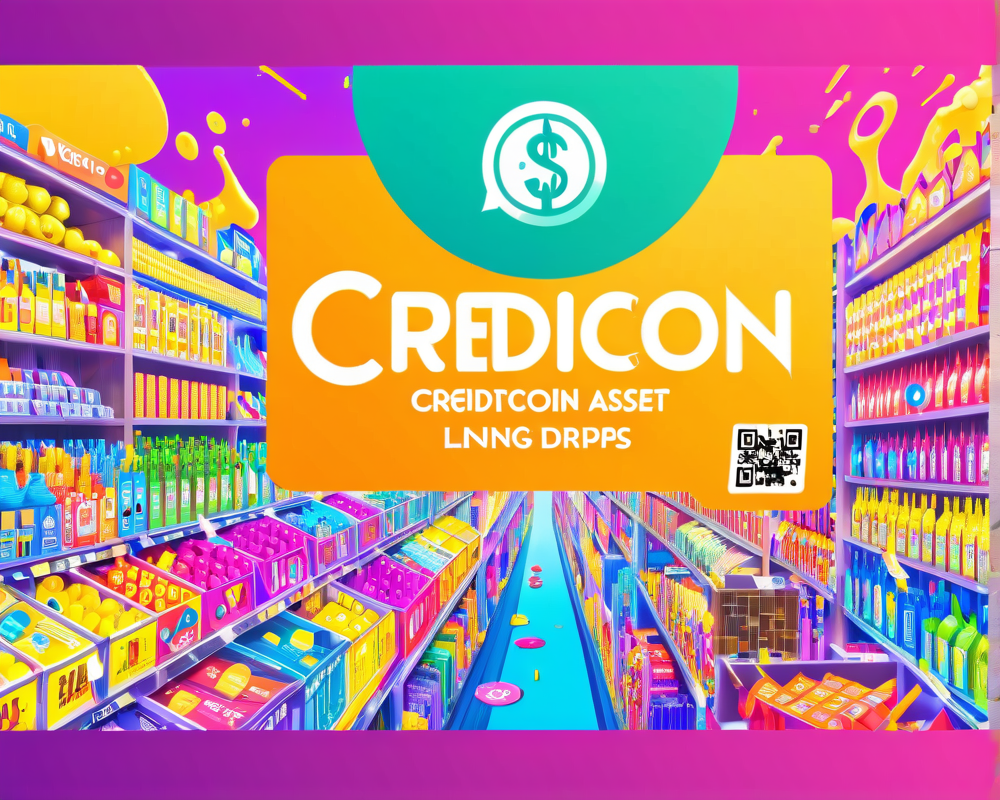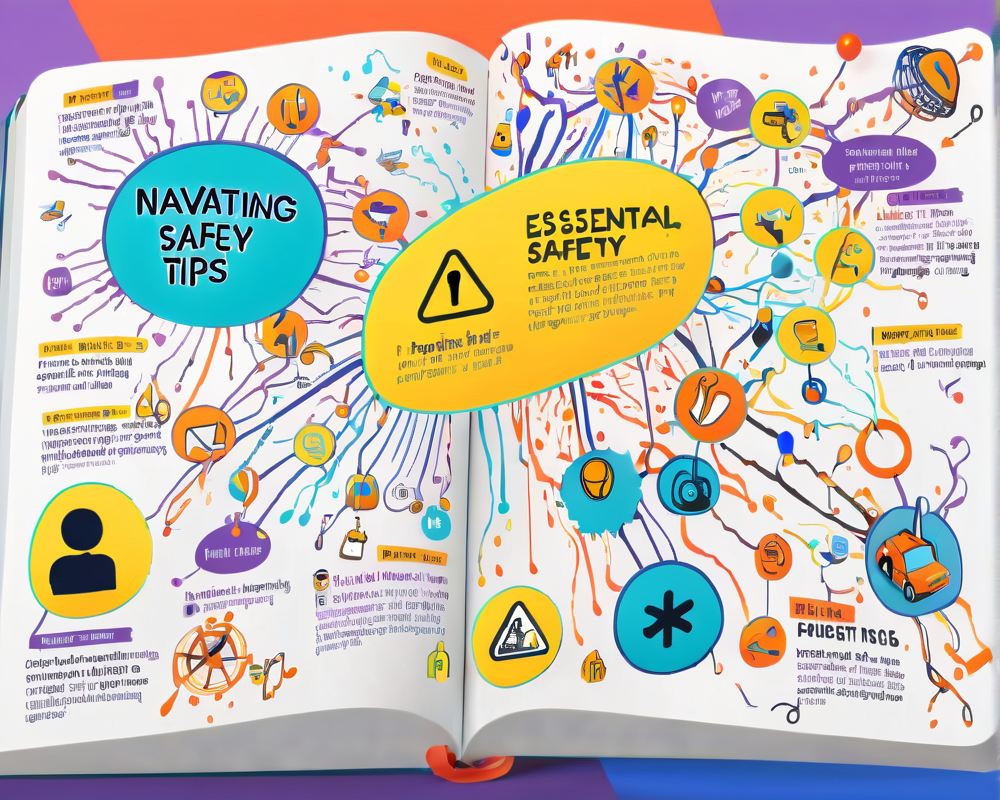Merging Real-World Assets with Blockchain Technology
In a groundbreaking move, Creditcoin has recently launched its upgraded mainnet, enhancing its focus on real-world asset innovations for consumers who have traditionally been sidelined by the financial system. With the implementation of nominated proof-of-stake (NPoS), the platform aims to boost liquidity for both borrowers and financial technology (fintech) lenders while adhering to the guiding principles of trust, auditability, and transparency.
From Proof-of-Work to NPoS: The Evolution of Consensus Mechanisms
Once upon a time, proof-of-work (PoW) was the darling of the cryptocurrency world, thanks to Bitcoin’s explosive debut in 2009. However, as environmental concerns began to bubble to the surface—think of all those mining rigs guzzling electricity like a teenager raiding the fridge—projects are now diving headfirst into greener alternatives. The big transition came in 2022 when Ethereum successfully transitioned to proof-of-stake (PoS), claiming a whopping 99% reduction in carbon emissions. And now, Creditcoin is taking it a step further with NPoS.
NPoS Unleashed: A Game-Changer for Participation
Here’s where things get spicy: while PoS allows only validators to secure the network using their staked funds, NPoS opens the doors wider for participation. Enter ‘nominators,’ the everyday folks who want to have a say in which validators gather the spoils (i.e., crypto rewards). If you’ve always wanted to play a part in the blockchain but didn’t want to build your own server farm, good news! NPoS allows you to participate without needing tons of cash or a degree in computer science.
The Balancing Act: Centralization vs. Decentralization
Now, before you grab your party hats, it’s important to understand the pros and cons. PoS’s critics have long pointed out that a handful of validators can monopolize the network, raising alarms about potential transaction censorship. NPoS spreads the risk among more validators, creating a more decentralized environment. Power to the people, right?
Bringing Real-world Loans On-Chain
With its new Creditcoin 2.0+ upgrade, the platform now enables real-world assets like credit loans to seamlessly transition onto the blockchain, serving consumers in emerging markets. This means fintech lenders can easily set up nodes, increasing the overall network transaction capacity, and better preparing it for the future. So, stop scrolling your Twitter feed—this is a critical step for financial inclusivity!
What’s Next? Creditcoin 3.0 and Beyond
But hold your horses—there’s more! Looking ahead, Creditcoin is eyeing an ambitious Creditcoin 3.0 upgrade that promises to roll out universal smart contracts. Excited yet? This interoperability layer will connect various layer-1 networks and play nice with the Ethereum Virtual Machine (EVM), opening up an entirely new realm of use cases for real-world assets across different chains. Buckle up; it’s about to get thrilling!
Why You Should Get Involved
Creditcoin isn’t just sitting on its laurels; it’s inviting active participation. Users are being gifted native tokens, allowing them to nominate validators and get in on the action right away. Plus, there’s a juicy prize pool for those who join the fun! According to Creditcoin, the real-world asset space is set to explode, so why not help shape history?
The company has executed over 4.2 million loan transactions totaling a staggering $79.7 million, empowering 337,000 customers in emerging economies to cultivate decentralized credit reputations and bolster local economies. Talk about a win-win!




